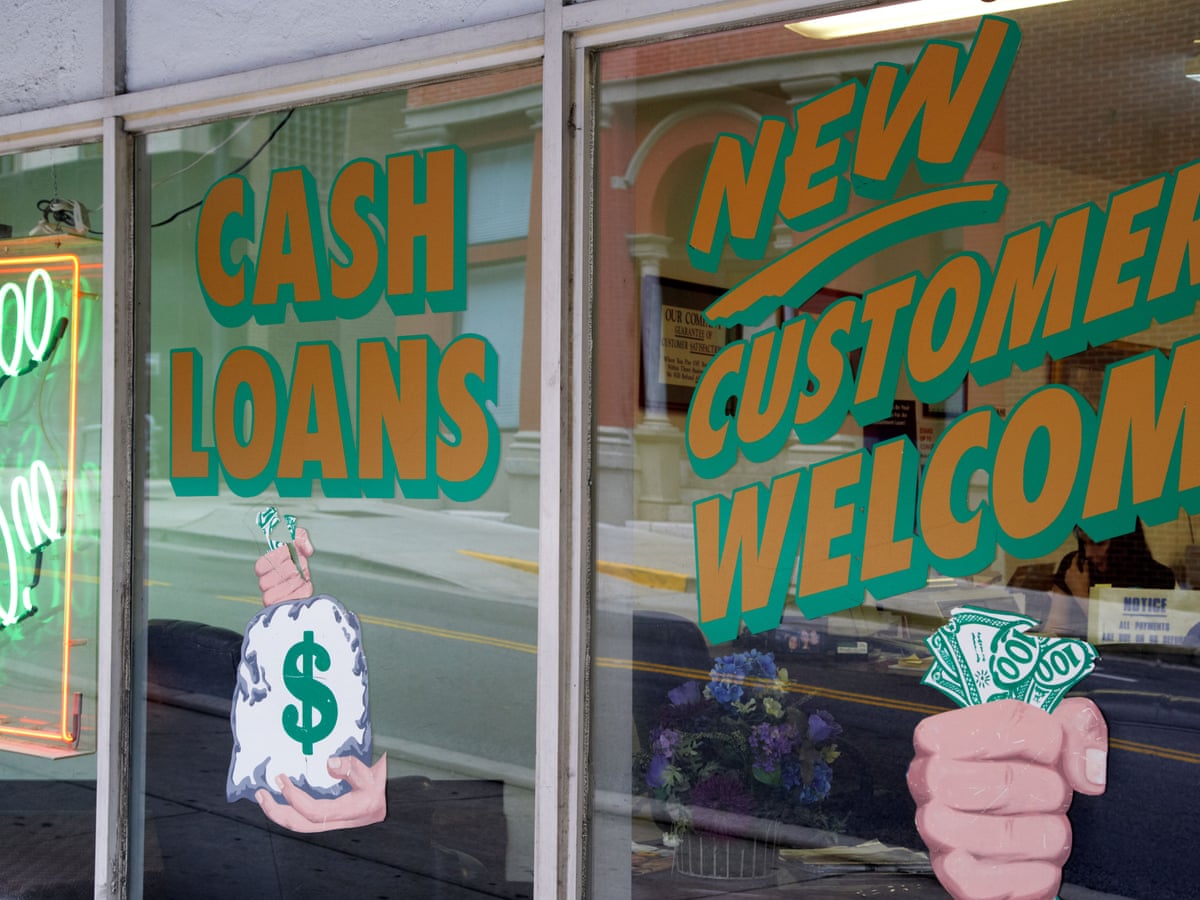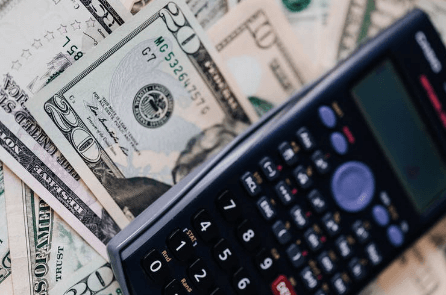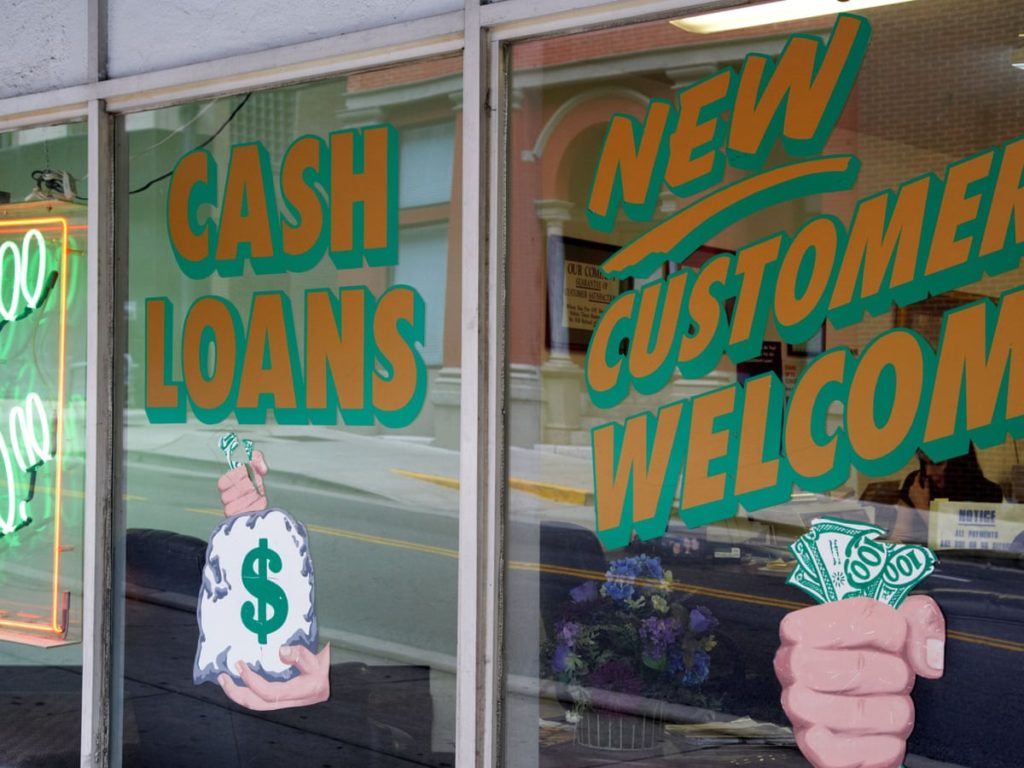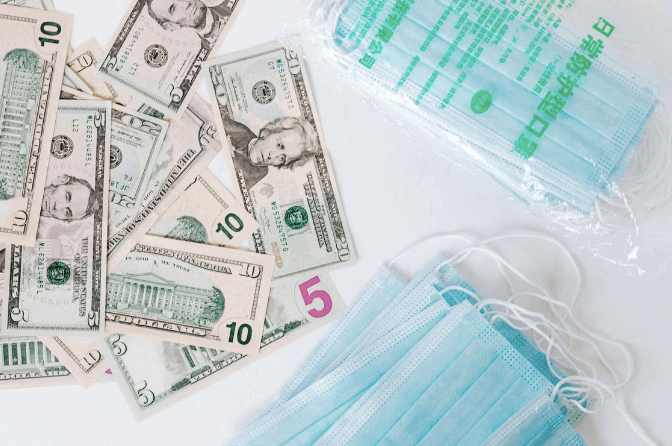Predatory lending refers to unfair lending practices. Predatory lenders use dishonest or unethical means to persuade customers to take a loan. The loan can be under unjust terms or it could be a loan that you don’t actually need.
Predatory lenders have a reputation of working around legislation to target the vulnerable with unfair loan agreements. This type of lending can end up catching you into a cycle of debt with super-high interest rates and fees. Since the outbreak of the coronavirus, predatory lenders have been exploiting the financial hardships of Americans.
Here, Pheabs explores some of the most common topics and frequently asked questions around predatory lending, including:
- What qualifies as a predatory lending loan?
- What is an example of predatory lending?
- Why are payday lenders sometimes considered predatory?
- Who do predatory lenders target?
- Predatory lending and the coronavirus
Before taking out a loan, it’s important to understand any and all associated risks, and to be aware of the types of lending practises to avoid. This guide aims to provide useful information into the practice of predatory lending, including how to identify it, and how to avoid it.
What Qualifies as a Predatory Lending Loan?
A predatory lending loan is a loan offered by lenders with unfair, or even sometimes abusive, loan terms. These types of lending practices can cause significant harm and distress to those who fall victim to such tactics. It’s important to understand what qualifies as a predatory lending loan, and to avoid these at all costs.
Predatory lending often uses deceptive and exploitative practices to try and convince borrowers to agree to concerning loan terms, even when borrowers don’t necessarily need the loan, or cannot properly afford it.
Ultimately, predatory lending is defined as a practise that benefits the lender, while ignoring, and often hindering the borrower’s repayment ability.
What Is an Example of Predatory Lending?
It’s one thing understanding the general gist of what a predatory lending loan is, and another to identify the red flags that can help you to spot one out. There are a few exemplary qualities of predatory lending borrowers should look out for, including the following:
- Sky-high interest rates.
- Add-on services and costs that benefit the lender.
- Rushed paperwork.
- Unnecessary fees for those with low/no credit score.
Watching out for unfair lending practises, such as those detailed below, can help you to better identify predatory lenders, and keep yourself protected from them.
Why Are Payday Lenders Sometimes Considered Predatory?
A payday loan in the United States is sometimes referred to as predatory lending because of the dangers it can pose to the borrower, including the following:
High Interest Rates
Payday loans may have very high interest rates. The average payday loan interest rate is around 400%. In the states without interest rate caps, this can get extortionately high: the average APR in Las Vegas (Nevada), for example, is 652%. In Missouri, an APR as high as 1,950% for a loan of $100 for 14-days would be permitted.
Don’t Consider Ability to Repay
Some payday lenders do not consider a borrower’s ability to repay before granting them a loan. As a result, borrowers will take out loans that they cannot afford. This is likely to create a cycle of debt with high fees detrimental to their financial situation. Unmanageable debt can also end up marking credit records which could make it difficult for them to get credit products in the future.
Added Fees
Payday loans may have hidden stipulations that charge borrowers added fees. These can include added charge for rollovers, late fees, or extra fees for loading your money onto a prepaid credit card.
Who Do Predatory Lenders Target?
Predatory lenders usually have particular victims in mind. They will use online advertising, social media, and other targeted promotions to lure in unsuspecting victims. Often lenders will target minorities, the elderly, the less educated, and the poor.
Predatory Lending and the Coronavirus
Predatory lending circumstances have worsened since the coronavirus. Some lenders have been exploiting the financial hardships of the virus through predatory lending.
The Wall Street Journal published a report showing that lenders have begun to target borrowers for “triple-digit interest rates”.
Payday lenders have also been targeting the vulnerable by advertising themselves in areas struck particularly hard by COVID 19. Lenders use these advertisements across the internet to exploit recent difficulties. Although both Google and Facebook have banned payday lending promotions, this targeted advertising has recently appeared on both sites.
The Center for Responsible Lending argues for a 36% cap to e placed on interest rates. This limit is already in place for payday lending to military members. The director of federal advocacy for the Center for Responsible Lending, Ashley Harrington, has shown his disdain for predatory lending behavior. “This is the worst possible time for regulators to enable predatory lending,” he stated. “We are in such a fraught economic, social, and political time and opening the doors for bad practices makes no sense.”









